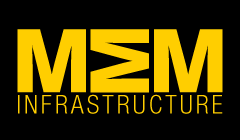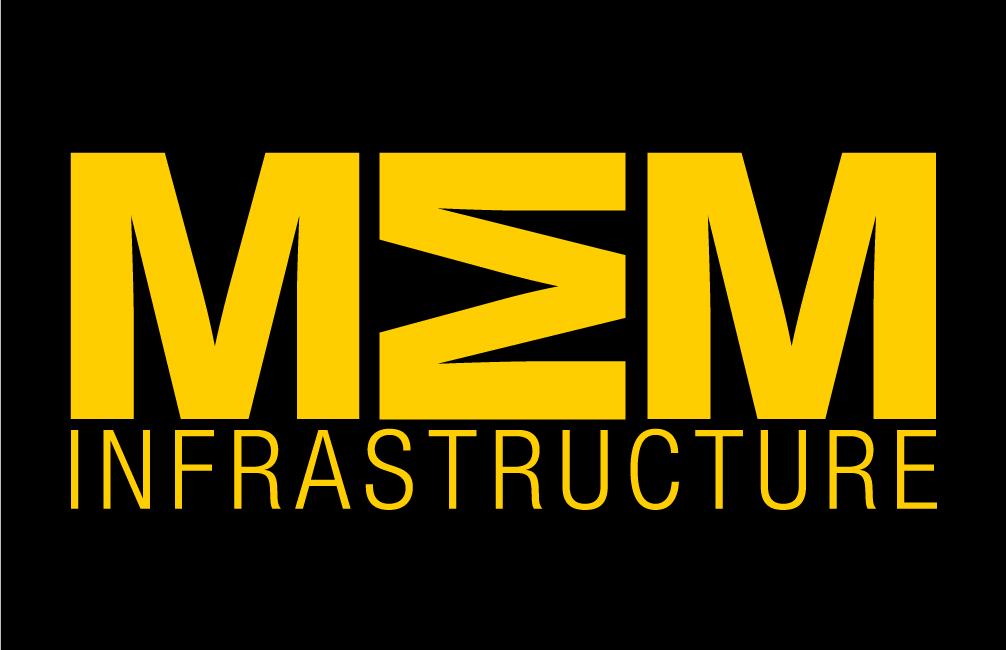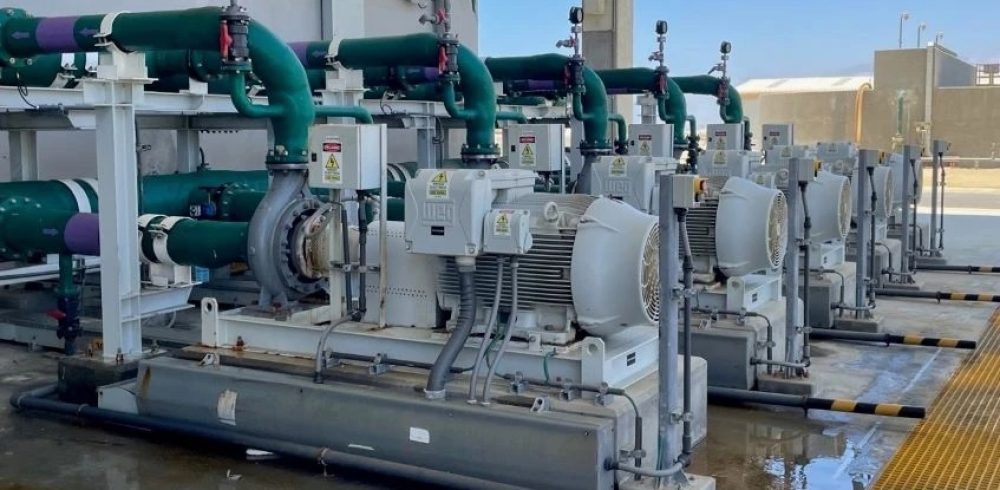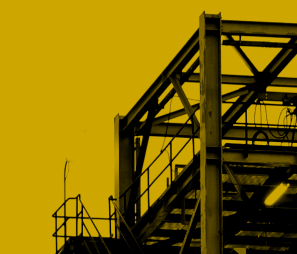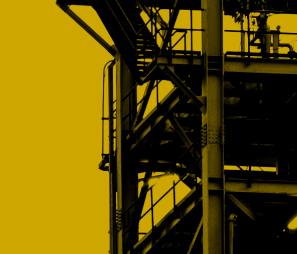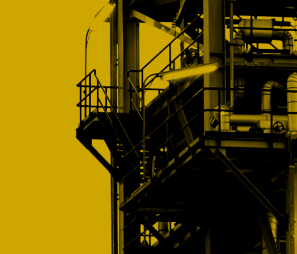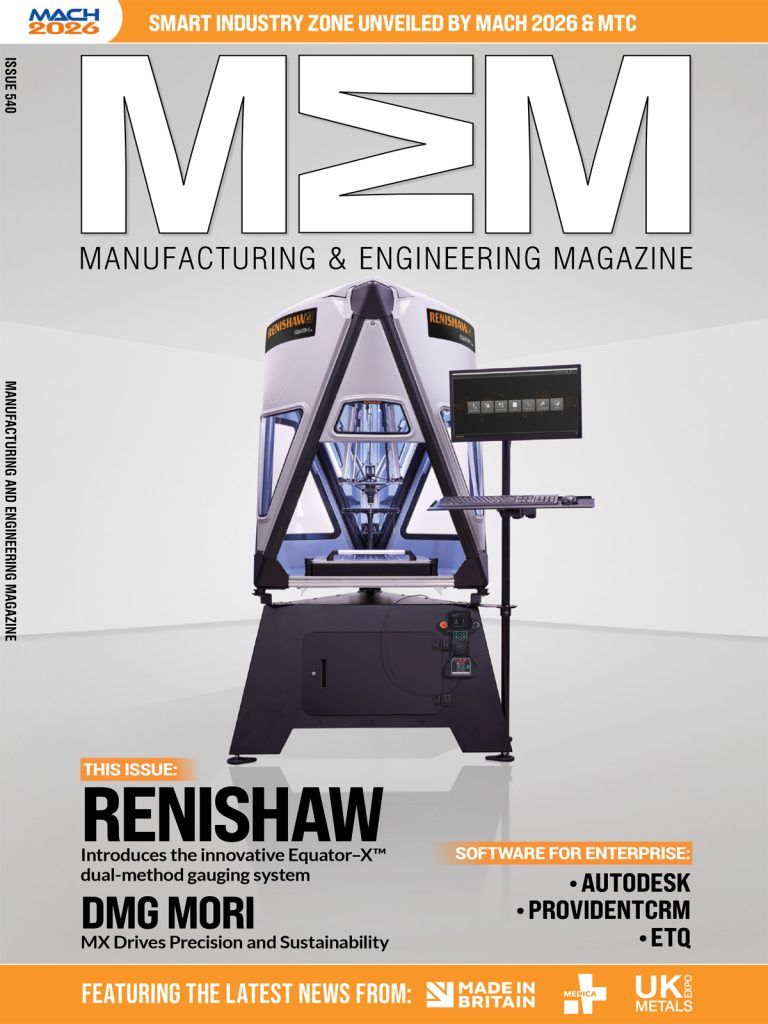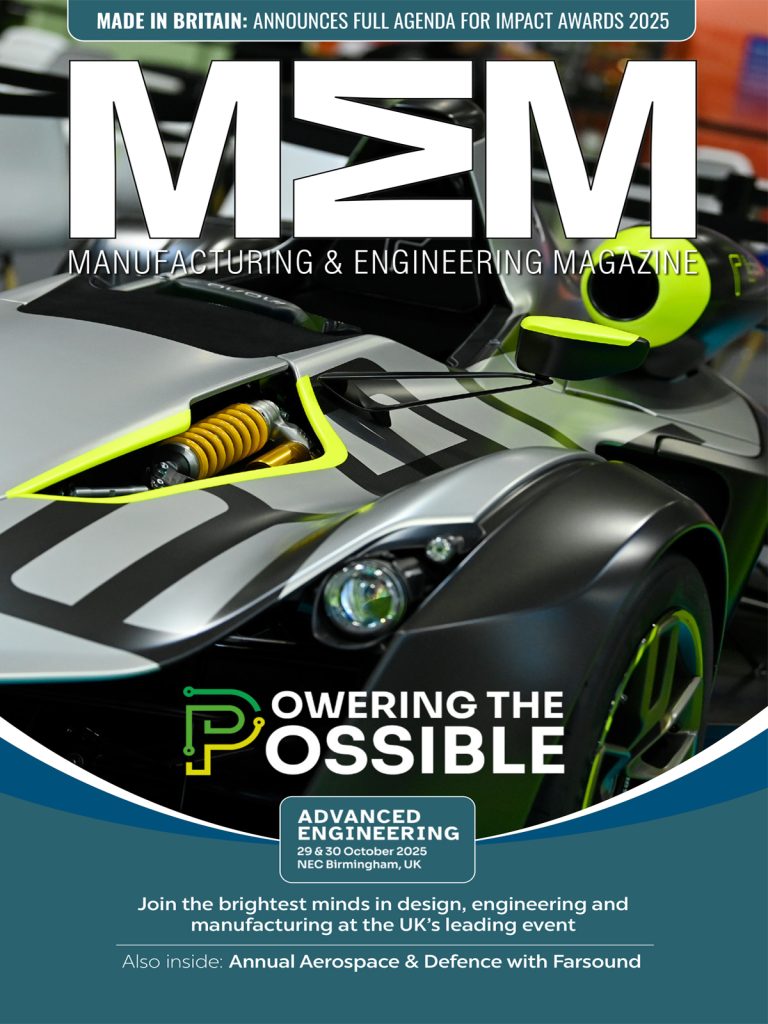WEG, one of the world’s largest electric motor manufacturers producing over 21 million units annually, is highlighting its expertise in custom drop-in electric motor replacements that match existing footprints and improve performance, providing critical cost and downtime savings for industries like oil and gas and pulp and paper. This capability allows customers to replace aging motors without costly modifications to foundations, piping, or equipment, making WEG a leading choice for minimising disruption during motor upgrades.
The company prides itself on its drop-in replacement abilities — replacing an old electric motor with a new version that complies with the existing footprint, shaft height, piping requirements, and even weight while maintaining or exceeding the performance of the old motor.
“We’re not the only people that implement drop-in replacements, but it’s a very small niche,” said Corey Vaillancourt, a Sales Application Engineer who works closely with the company’s salespeople in the field as well as customers.
Minimal disruption
The ability to offer drop-in replacements positions WEG as a crucial player, especially when dealing with situations where precision with minimal disruption is vital.
WEG has built a global reputation for designing, manufacturing, and servicing large, custom-engineered electrical motors and generators. Their experience spans both legacy and non-legacy machines, with a commitment to complying with existing footprints of any type of machine.
WEG’s internal records date back approximately 70 years. Their capabilities extend to building interchangeable replacements, upgrading designs, materials, parts, and processes, and handling re-rates.
When it comes to non-WEG machines, WEG is able in most cases to offer full electrical design evaluation and analysis, site verification on dimensions and interface locations, and performance enhancement. These enhancements include stator and rotor rewinds or pole reconfiguration, brush-to-brushless conversions, insulation class upgrades, and motor re-rates.
“Our main customers are in oil and gas, and we do a lot with pulp and paper and other industries as well,” Vaillancourt said. “So typically, with drop-in replacements we’re replacing a non-WEG machine.”
Matching footprint key
The importance of matching the footprint of the original unit is crucial, primarily due to the extensive civil work involved in dealing with large motor manufacturers.
“Changing foundations or redoing civil work for machines weighing hundreds of thousands of pounds is both time-consuming and expensive,” Vaillancourt said, Sales Application Engineer. “WEG’s ability to match existing dimensions eliminates the need for such modifications, saving significant customer cost.”
She continued: “WEG’s ability to match existing dimensions eliminates the need for such modifications, saving significant customer cost.”
WEG’s specialisation lies in its custom approach
As Vaillancourt explains, there are only a handful of motor manufacturers competing in the same size range as WEG. The larger scale applications, especially in oil and gas, demand precision matching of existing dimensions. The complexity of existing sites, including conduit, piping, and other equipment, makes it imperative to provide tailored solutions for every customer.
Vaillancourt emphasises that being 100% custom is a core aspect of WEG’s service. Each site is unique, built to suit that particular motor, and changing critical dimensions is often impractical.
Critical dimensions
Critical dimensions, as Vaillancourt terms them, are the non-negotiables for customers. These are the dimensions that, if changed, could result in extensive site modifications costing up to millions of dollars. From conduit and piping to shaft dimensions and other interfacing locations, these critical dimensions dictate the feasibility and cost-effectiveness of a motor replacement.
WEG’s commitment is not just to replicate the existing motor but to meet or exceed its electrical characteristics. While ensuring the same footprint, they strive to enhance efficiencies, torques, and overall output, providing customers not only with a replacement but an improved version of their original motor.
The timeline for a drop-in replacement varies based on factors such as the size of the machines and the industry it serves. For larger-scale machines in oil and gas applications, the process typically takes up to 56 weeks, with engineering turnaround spanning eight to 12 weeks.
100% custom
Discussing the complexity of upgrades, Vaillancourt points out that sometimes customers opt against certain upgrades.
The decision is often influenced by the limitations of the equipment downstream — compressors built for a certain motor’s output cannot always handle an upgrade in horsepower, for example. Running a motor below its full capacity may not be optimal, as these machines are designed for continuous, optimised use at their rated conditions.
“That’s why we say we’re 100% custom — every site where we go. It’s a 100% custom job,” Vaillancourt said. “From a drop-in aspect, what we’re really trying to focus on is making sure the customer is getting the best product in the same footprint.
Manufacturing & Engineering Magazine | The Home of Manufacturing Industry News
